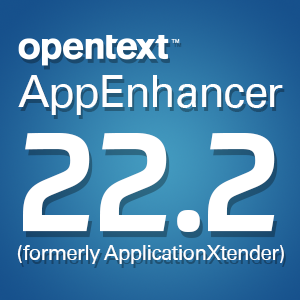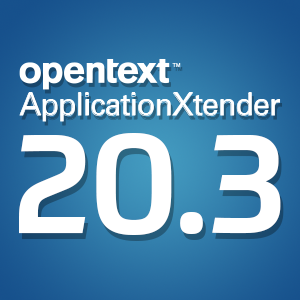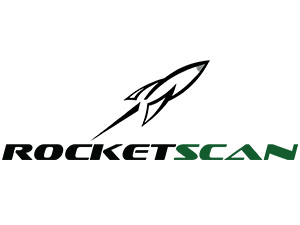Hospitals go paperless to boost decision-making and competitive edge
Monday, April 8, 2013Healthcare organizations depend on rapid access to information for effective decision-making and quality care. As a result, an increasing amount of hospitals and clinics are deploying electronic document management (EDM) solutions to ensure that patient records are quickly available and treatment is more efficient.
Daily Nation reported that Gertrude's Children's Hospital in Kenya has adopted a paperless system to accelerate patient visits and diagnoses. Chief Executive for the hospital, Gordon Otieno, explained that implementing EDM was part of a larger strategy to improve the overall experience for both doctors and patients.
"We looked at our growing needs. How we can satisfy our staff and serve our customers better, how we can focus on revenue capture and control, and integration of medical records and patients' portability to increase efficiency," he told the news provider.
The source revealed that the new system includes a variety of features, such as decision support systems for allergy and drug alerts, electronic prescriptions and clinical notes. Because patient data is entered directly into the electronic records, doctors and nurses can quickly access and update lab results, radiology reports and other histories. Additionally, Daily Nation explained that billing of medical procedures is automated and performed in real-time.
"There is that essence of time management with going paperless," Head of Information Services, Allan Tollo, explained to the news source. "Before that, simple processes like a nurse seeking lab details of patients would take up to two hours. Presently the most time needed is 30 minutes."
Improved accuracy
The Penrose-St. Francis Health Services center in Colorado can also enter patient orders more easily due to a new digital system, The Gazette reported. EDM has enabled quicker treatment while reducing potential prescription errors. Dr. Peter Walsh, vice president of medical affairs at St. Francis Medical Center, noted that the electronic system has eliminated approximately 30 minutes of wait time that was previously spent on manual entry by administrative assistants.
Not only has this allowed physicians to change prescription information from a computer outside the hospital, it also reduces the potential for errors by assistants that were requires to interpret sometimes illegible handwritten orders. Chris Valentine, director of marketing and communications for Penrose-St. Francis, is optimistic about the transition.
"It is not just a computer upgrade," he told The Gazette, "It changed the way we operate."
EDM can have transformative advantages for medical organizations. By heightening the quality and accuracy of patient records, these solutions promote enhanced treatment strategies.
Brought to you by Image One Corporation providing complete information governance since 1994.




